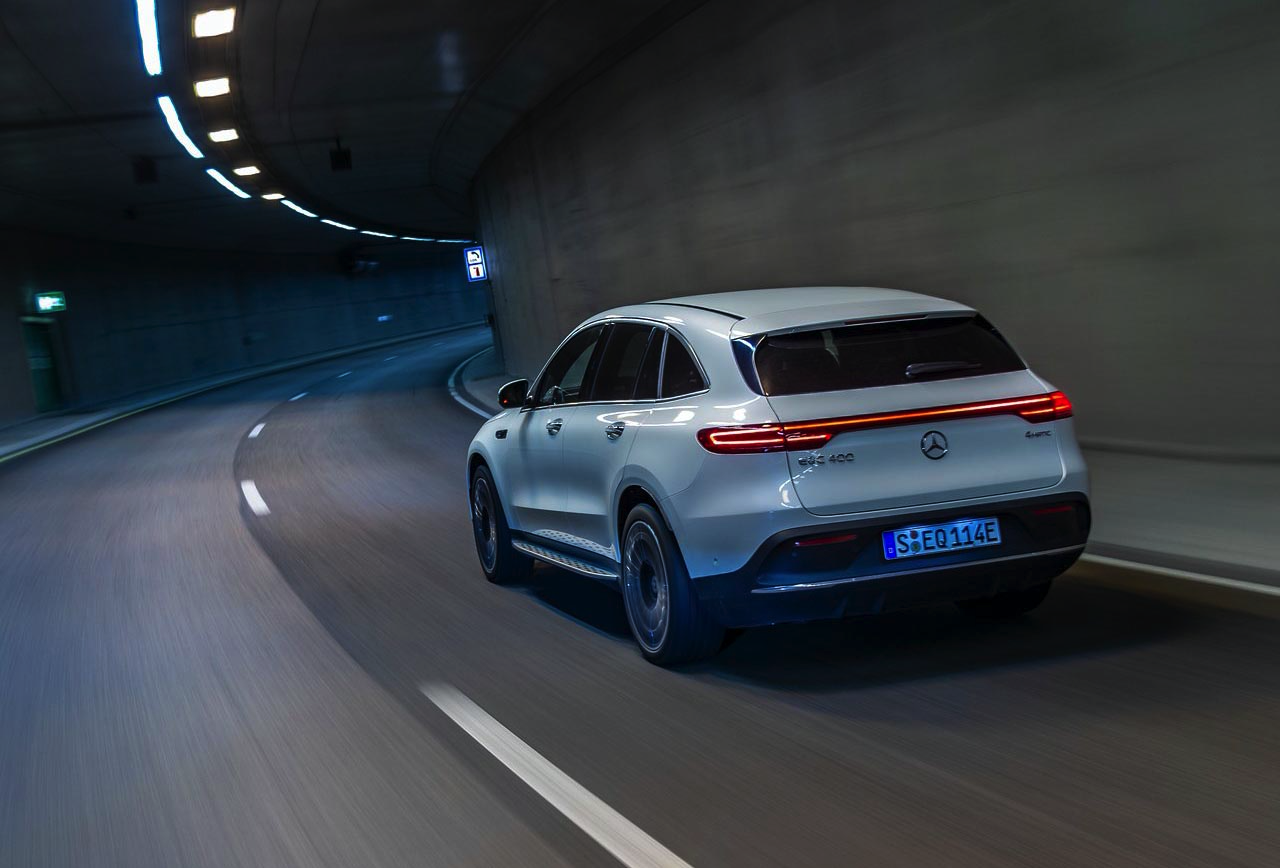I didn’t pay much attention to EQC before, and I felt that traditional car companies’ pure electric vehicles currently lacked competitiveness until my neighbor mentioned his EQC and I started paying attention. What really caught my interest was accidentally learning about his “Three Good Policy”, which felt tailor-made for me. We’ll talk about it at the end of this article.
I had the opportunity to participate in the 42 Garage EQC 48-hour experience event. Through this experience, I will compare and talk about the six aspects of range, driving feel, power, intelligence, driver assistance, and the “Three Good Policy” in comparison to domestic electric vehicles.
About Range
The most impressive thing about actually driving it was its accuracy. For example, on the night of receiving the car, I charged it in Shanghai to a range of 200 kilometers, and the navigation showed 100 kilometers to home.
During the trip, 20% was congested, 80% was on the highway, and the driving was aggressive for 20%. The temperature was 3 degrees Celsius, and the air conditioning was set to 27 degrees Celsius.
After arriving home, there was 92 kilometers of remaining range, with only an 8-kilometer error, achieving an accuracy rate of 92%. You should know that this was in winter, and the highway energy consumption is already relatively high. Because I was excited at the time, I didn’t take a photo of the 200-kilometer range charge, but I did take photos on the way and at home.
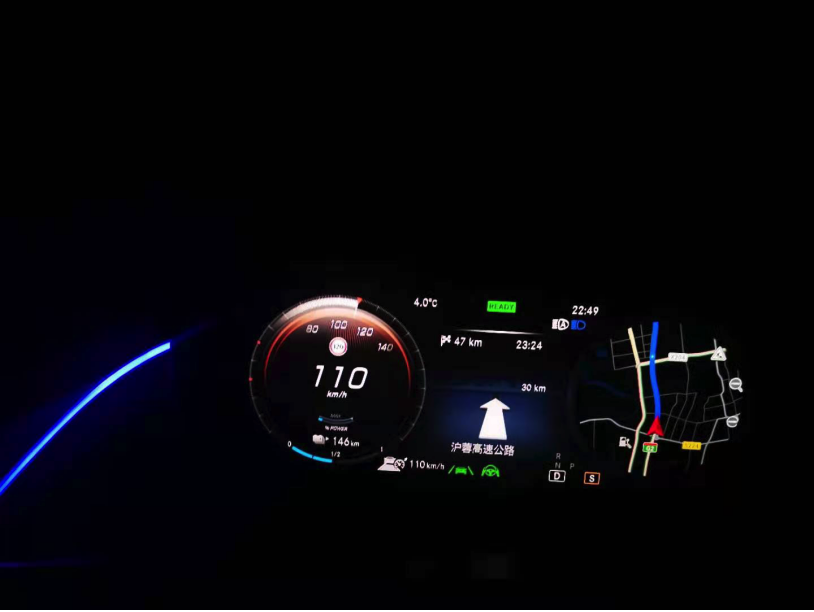
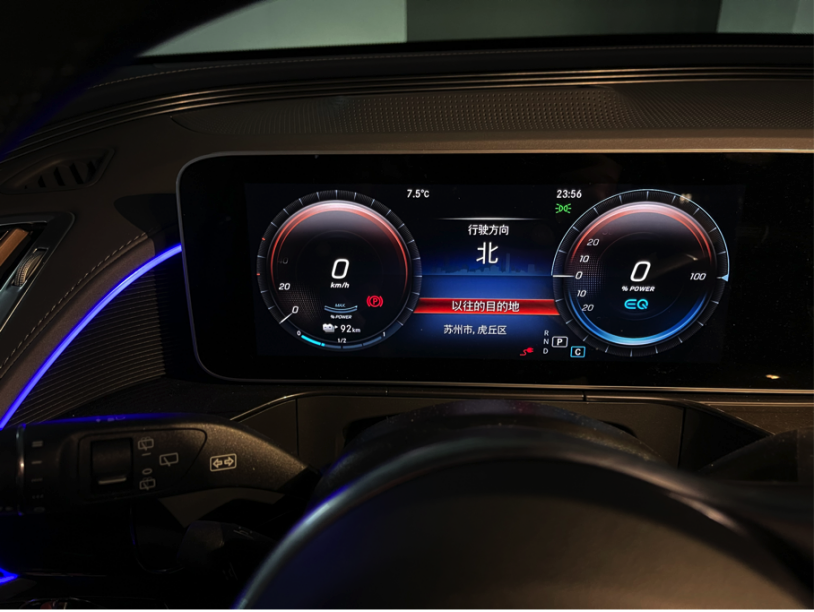
The next day, I charged to 232 kilometers and drove through both city and highway. The remaining range is as shown in the picture below.
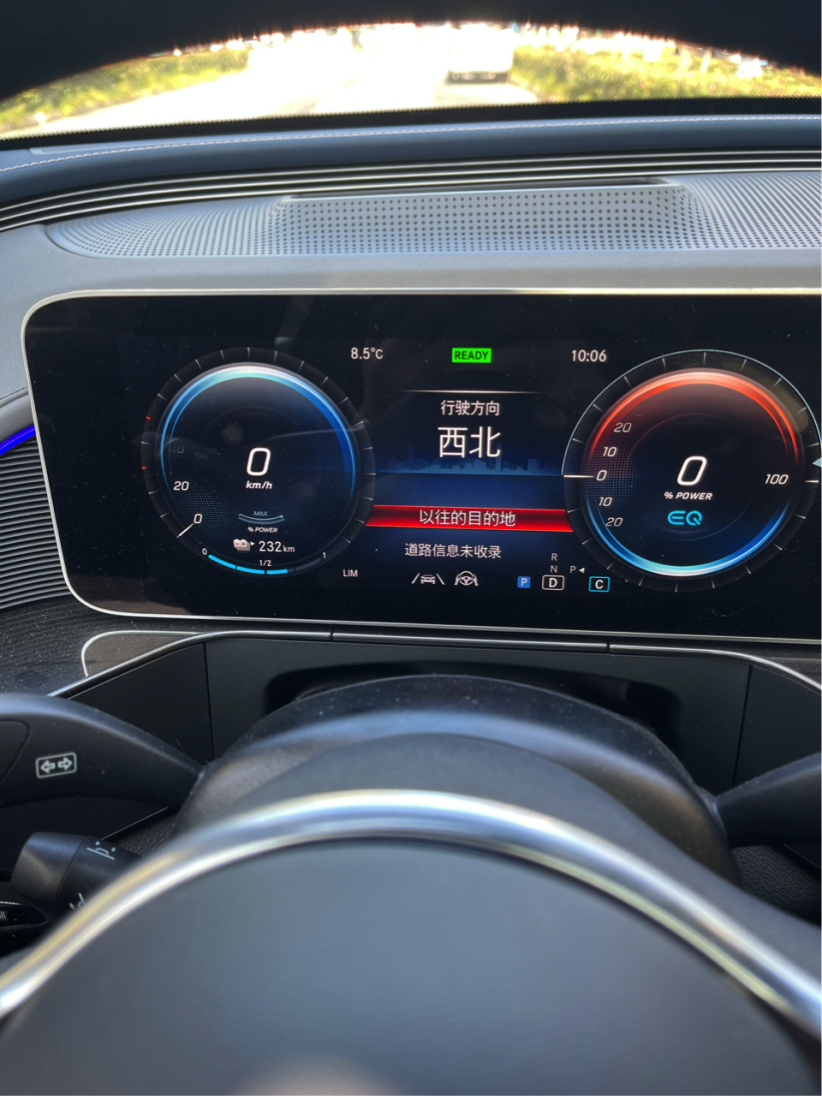
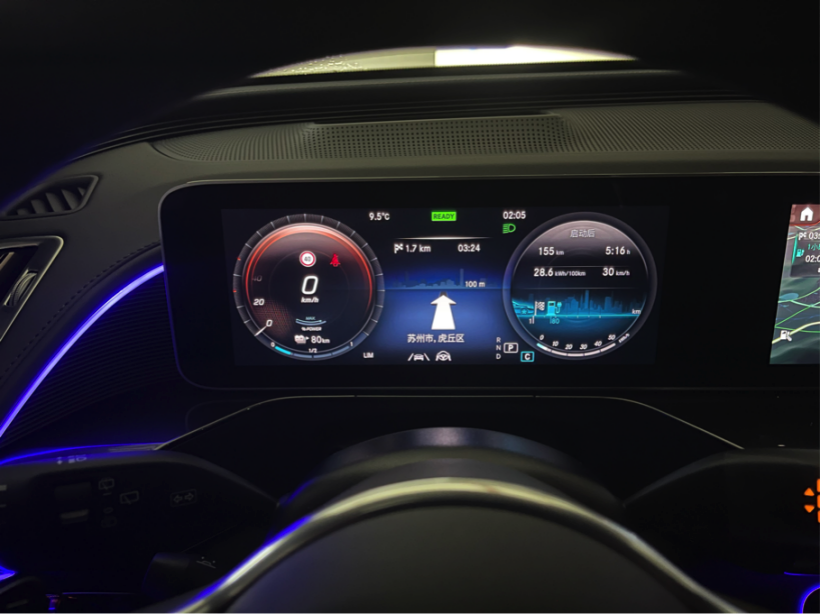
On the third day, I drove in the city and returned to Shanghai to return the car. I charged it to 213 kilometers, and the range is shown in the picture below. However, the car showed that it had already driven 30 kilometers; I’m not sure why. The actual range was 149+76-30=195 kilometers, with an error of 18 kilometers and an accuracy rate of 91.5%.
Overall, the EQC’s range accuracy is around 92%, and the energy consumption is 25 kWh/100 km. This means that in the winter, the actual range is around 320 kilometers under aggressive and air-conditioned driving on half highways. It is estimated that under normal driving conditions, it can reach between 350-380 kilometers, which is about 88% of the NEDC’s 415-kilometer range for the winter.
According to this estimate, it is entirely possible to have a range longer than the NEDC under normal city driving in spring and autumn.
About Driving FeelI agree with the previous statement made by a car owner that “EQC may be the car closest to the driving experience of Maybach under 600,000 RMB”. Based on my personal experience, the feeling of the chassis is fantastic. The suspension is flexible and resilient, which is the essence of Benz and even Maybach.
Noise reduction has always been an advantage of electric cars, but EQC takes it to the extreme. Even during mid-acceleration, it is almost impossible to hear the sound of the motor. You have to listen carefully to hear the motor sound when starting up. The control of road noise, tire noise, and wind noise is very advanced, and the cabin is very quiet.
About Power
The acceleration of electric cars is already an advantage, and it is beyond doubt that EQC has tested 4.88 seconds from 0 to 100 km/h.
However, the acceleration of EQC has its characteristics. Compared with NIO, Tesla, and BYD, his acceleration is not like that of an electric car, with a feeling of being kicked out. His acceleration is more like that of a large-displacement self-suction engine, very linear, calm, and responsive when you step on the gas pedal. Although very fast, there has always been a sense of calmness and composure. However, the braking pedal feels generally softer. I suggest that new car owners need to adapt to it in advance.
About Intelligence
Honestly, this is not his advantage. First of all, EQC cannot be OTA updated, and it lacks imagination. OTA is also a sign of intelligent cars. It can only be said that he currently has all the mainstream functions he should have, but lacks imagination for the future.
Another issue is his car system. Compared with my BMW 530LE, the UI is indeed more gorgeous, but the logic is not as good as BMW, and it is not easy enough to use. Even now, I haven’t figured out why his navigation always automatically adjusts the route when approaching the destination, asking me to go to the charging station first, which has caused me to detour several times.
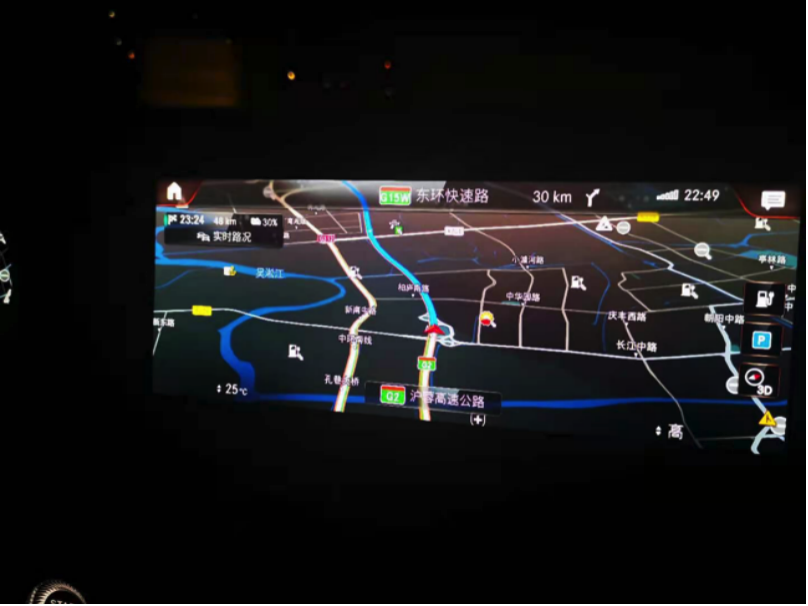
Conclusion: It has all the mainstream functions equipped, but the logic of the car system is complex and cannot be OTA updated.
About Advanced Driving Assistance System(ADAS)
Overall, it is not much different from mainstream brands. The recognition rate of following cars and dealing with cars cutting in is excellent.
Three problems:
- The assistant driving of Mercedes must hold the steering wheel with both hands, otherwise it will prompt.
- The lane-keeping function is not as good as my 530le, and it cannot keep the car in the lane when encountering small bends, maybe because I do not know how to set the system.
- The performance on rainy days is not as good as 530le. The lane keeping often exits, while BMW and normal weather have almost no difference.
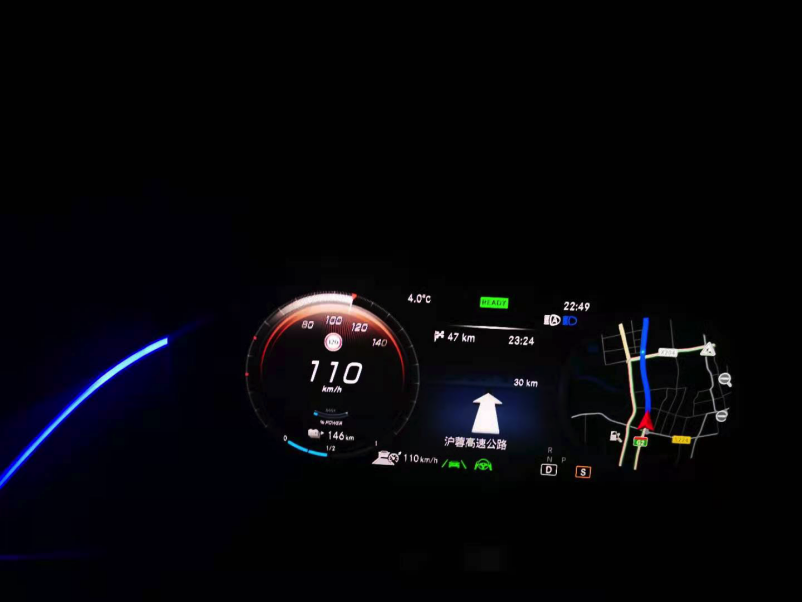
Comparison with domestic electric cars.The advantage of EQC lies in unparalleled driving experience, exquisite craftsmanship, and poise that resembles that of high-displacement non-turbocharged vehicles. In addition, its range display is accurate and the discount on NEDC is minimal. Its disadvantage lies in its intelligence – domestic brands have surpassed EQC in this area. The EQC’s infotainment system is also complex and space is not its strong suit. From a service perspective, there is also a gap between Mercedes-Benz and new players.
In summary, EQC has the advantage of a traditional luxury brand but lacks competitiveness in the new era. It is suitable for those who pursue luxury and driving experience.
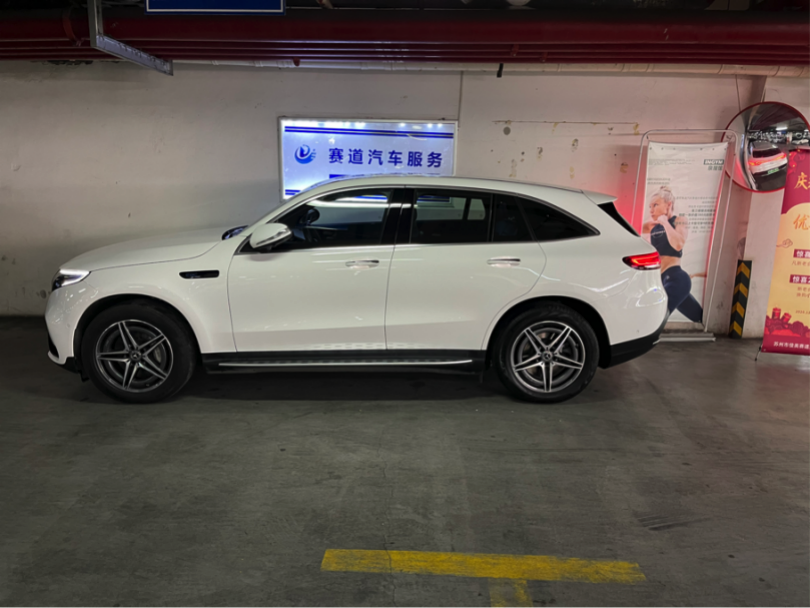
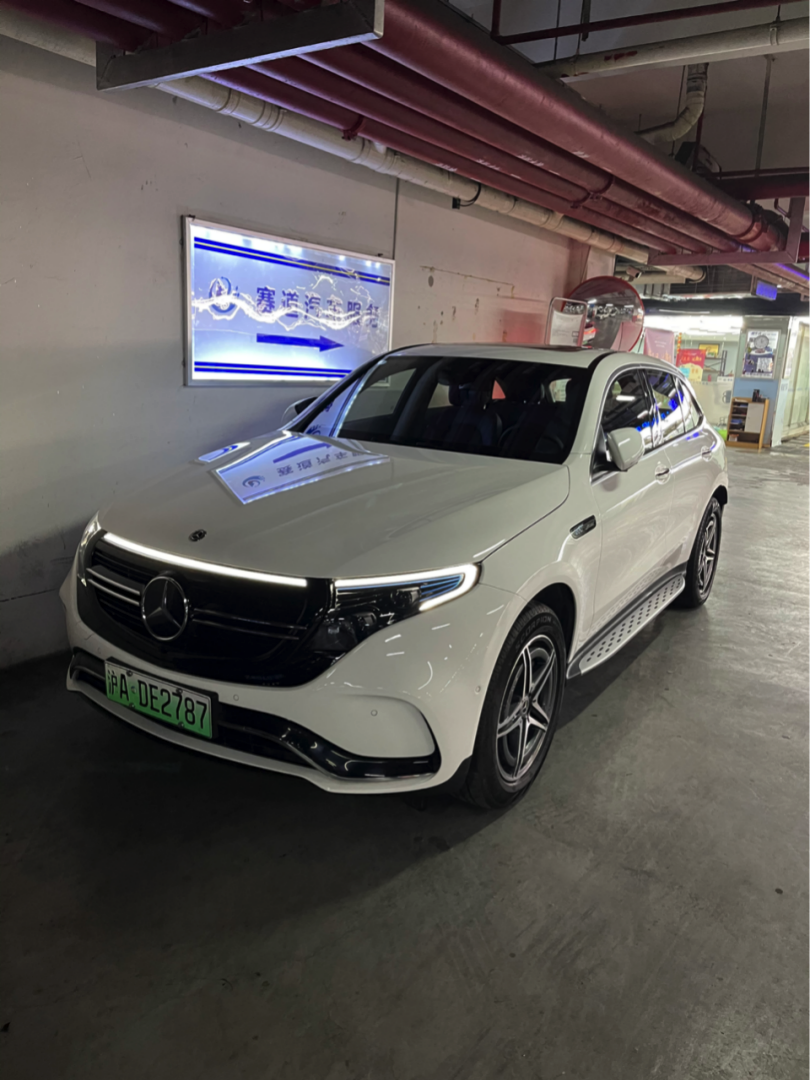
Three Guarantees Policy
The biggest advantage of this policy is the elimination of concerns regarding the value retention of electric vehicles. It is also completely interest-free and reduces the threshold for car purchases. In my opinion, those who currently buy electric vehicles will face the risk of rapid obsolescence because we are currently in a rapidly developing era. Perhaps in three years, the development will slow down and reach a bottleneck period, which means the replacement cycle for electric cars may be longer.
Therefore, EQC’s “three guarantees policy” is excellent as it can withstand the risks of the next three years and concerns for value retention. It is suitable for those who want to buy an electric car to enjoy its benefits now, but are worried about obsolescence and the lack of value retention in the future. I am one of them and I have already ordered an EQC, waiting for delivery.
This article is a translation by ChatGPT of a Chinese report from 42HOW. If you have any questions about it, please email bd@42how.com.
